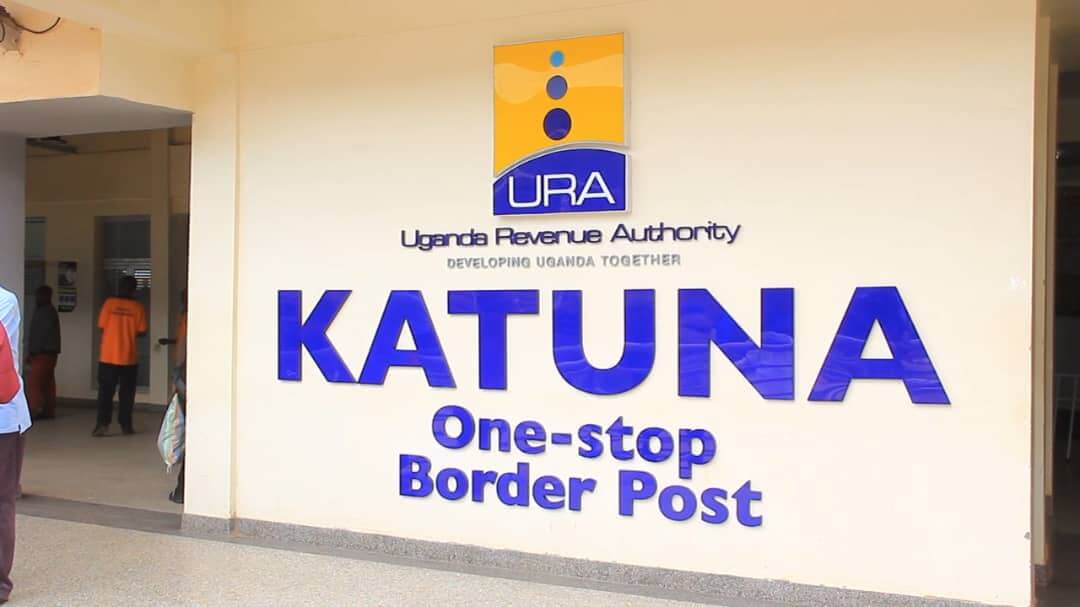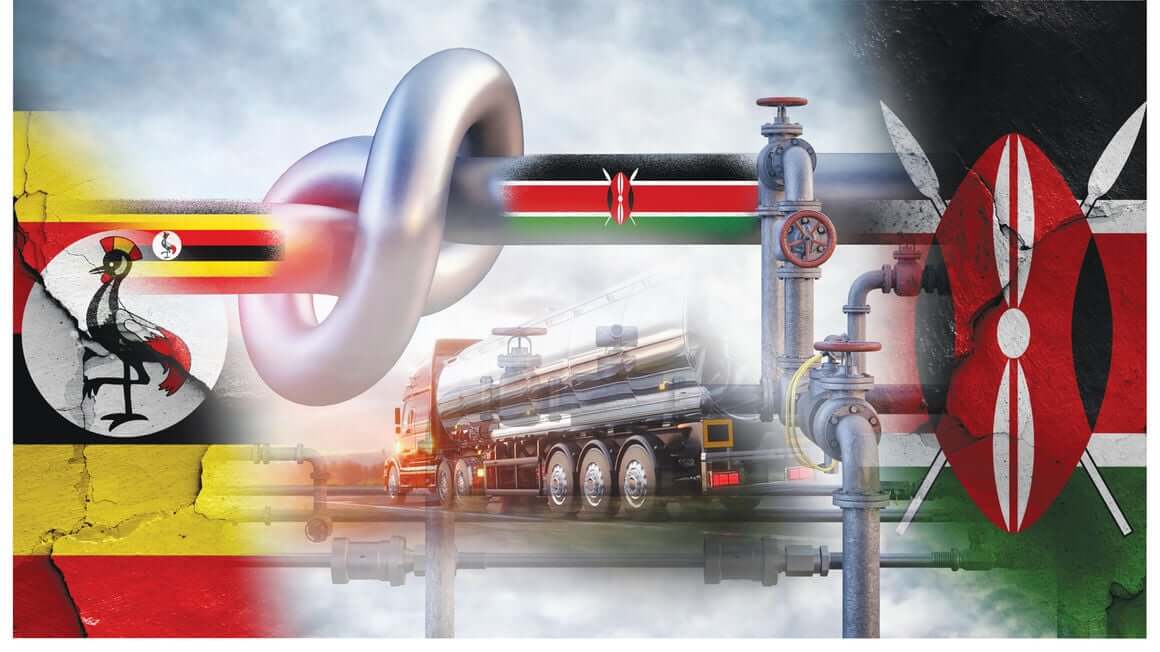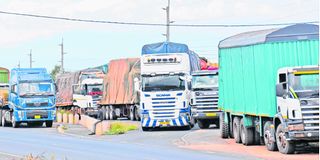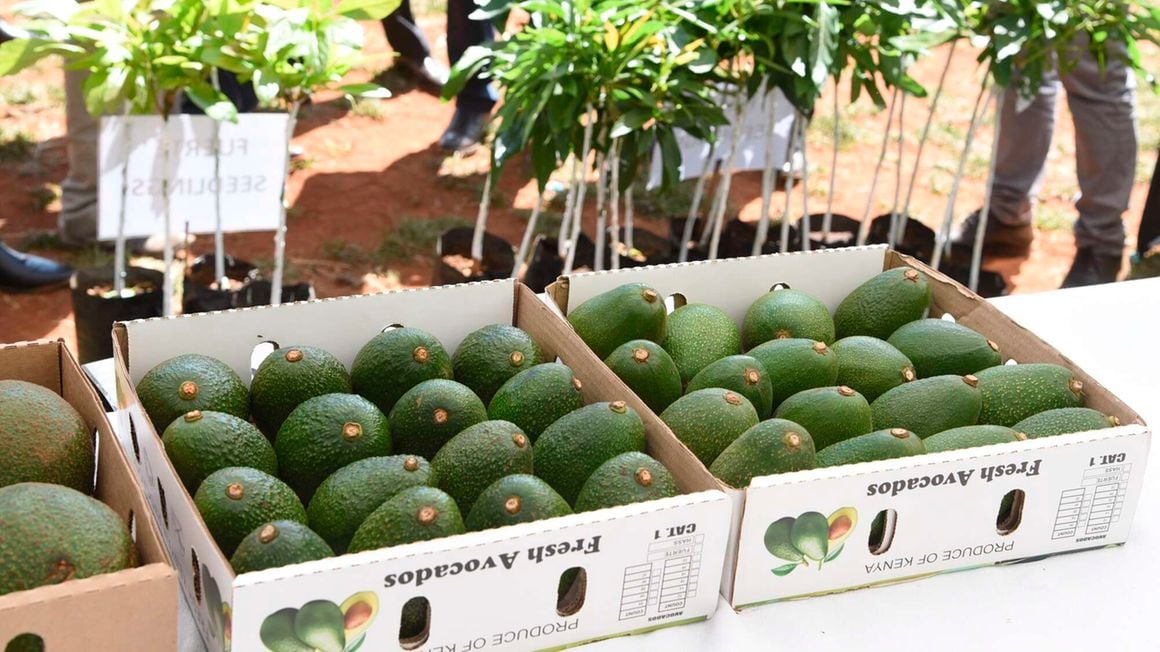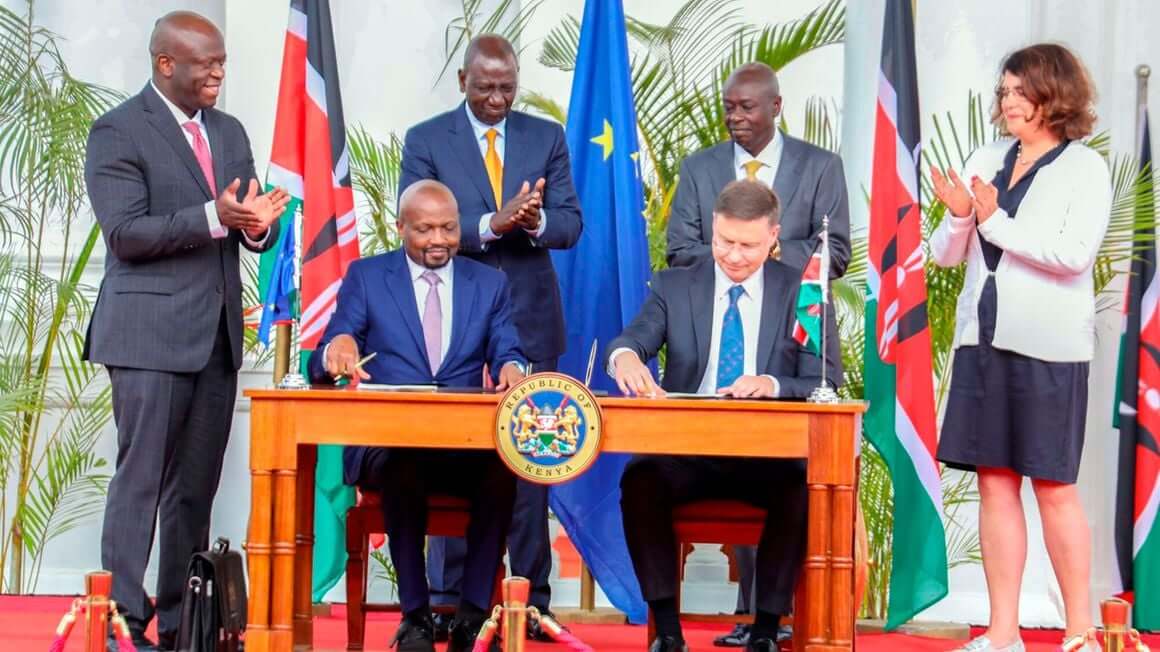Revenue collection has grown up to 42% as business at Katuna border steadily improves ever since Rwanda lifted travel restrictions on Rwandan Nationals to cross into Uganda Katuna border businesses had been stagnant for about four years following closer with Uganda on February 27, 2019. At the time, Rwandan president Paul Kagame accused Uganda of spying on Rwanda, abducting Rwandan citizens locking them in none designated areas, as well as hosting and facilitating dissents . Rwanda then issued an advisory to it's nationals against traveling to Uganda,saying their safety was not guaranteed. After close to three years of no business at the border,Rwanda re-opened on January,31, 2022 and since then some of the businesses that had collapsed at the border started operating. However whereas the Katuna boarder was reopened,Rwandan Nationals crossing to Uganda were asked to each pay a shs5000 which was meant for a Covid PCR test which was a challenge to many of them. In addition, Rwandan nationals especially the small scale businessmen were stopped from buying food items and other essentials from Ugandan markets. However, in June last year, Rwandan Nationals were allowed to cross freely into Uganda to trade into Ugandan markets. Our reporter visited Katuna border where she noticed free movement of Rwandan Nationals crossing to Uganda freely to shop from Ugandan markets which has seen an improvement in revenue on the Ugandan side. In a phone interview,Edrine.M.Mutebi, the acting assistant commissioner in charge of public and corporate affairs at Uganda Revenue Authority said that...
Revenue collection at Katuna border grows by 42%
Posted on: January 19, 2024
Posted on: January 19, 2024

